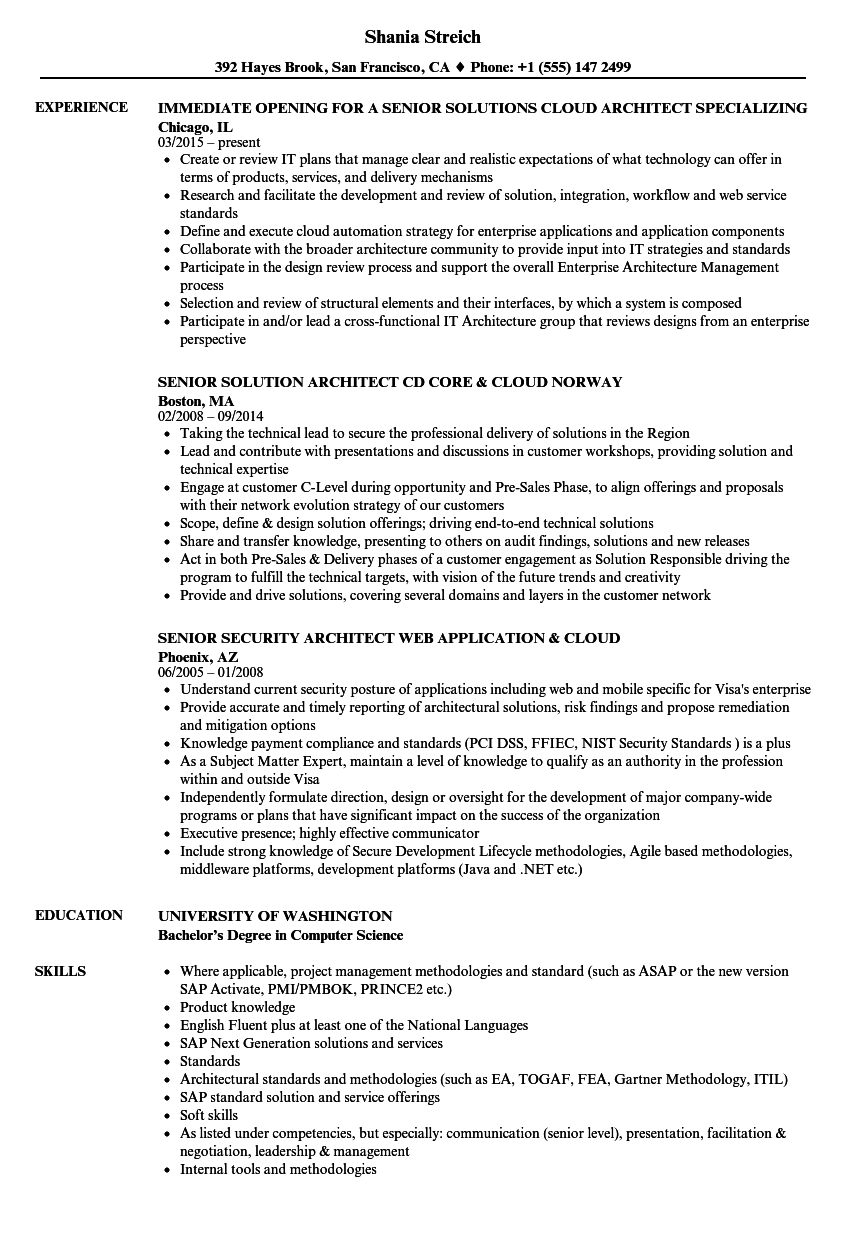
Data modeling and design: This is the core skill of the data architect and the most requested skill in data architect job descriptions, according to Lambert, who notes that this often includes SQL development and database administration.A foundation in systems development: Data architects must understand the system development life cycle, project management approaches, and requirements, design, and test techniques.Communicate clearly, simply, and effectivelyĭata architects require math and computer science proficiency, data management skills, and the ability to analyze and present statistical information.Īccording to Bob Lambert, analytics delivery lead at Anthem and former director of CapTech Consulting, important data architect skills include:.Generate a list of components needed to build the designed system.Develop diagrams representing key data entities and their relationships.Design models of data processing that implement the intended business model.Data engineers assist data architects in building the working framework for data search and retrieval. According to Dataversity, data architects visualize, design, and prepare data in a framework that can be used by data scientists, data engineers, or data analysts. The data architect is responsible for visualizing the “blueprint” of the complete framework that data engineers then build. Data architects and data engineers work together to visualize and build the enterprise data management framework. In some ways, the data architect is an advanced data engineer. The data architect and data engineer roles are closely related. Collaborating and coordinating with multiple departments, stakeholders, partners, and external vendors.Defining data flows, i.e., which parts of the organization generate data, which require data to function, how data flows are managed, and how data changes in transition.Defining reference architecture, which is a pattern others can follow to create and improve data systems.Defining the data architecture framework, standards, and principles, including modeling, metadata, security, reference data such as product codes and client categories, and master data such as clients, vendors, materials, and employees.Translating business requirements into technical specifications, including data streams, integrations, transformations, databases, and data warehouses.Data architect responsibilitiesĪccording to Panoply, typical data architect responsibilities include: The data architect also “provides a standard common business vocabulary, expresses strategic requirements, outlines high-level integrated designs to meet those requirements, and aligns with enterprise strategy and related business architecture,” according to DAMA International’s Data Management Body of Knowledge. This framework describes the processes used to plan, specify, enable, create, acquire, maintain, use, archive, retrieve, control, and purge data.


The data architect is responsible for visualizing and designing an organization’s enterprise data management framework. Data architects are senior visionaries who translate business requirements into technology requirements and define data standards and principles.


 0 kommentar(er)
0 kommentar(er)
